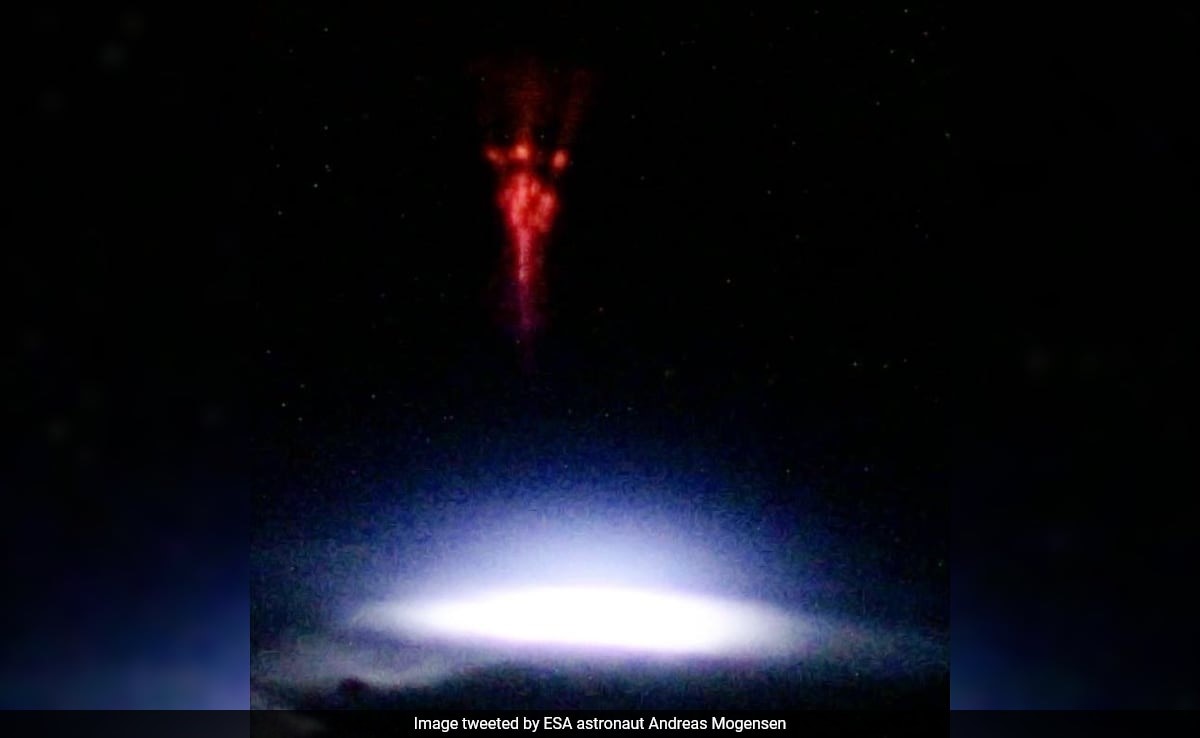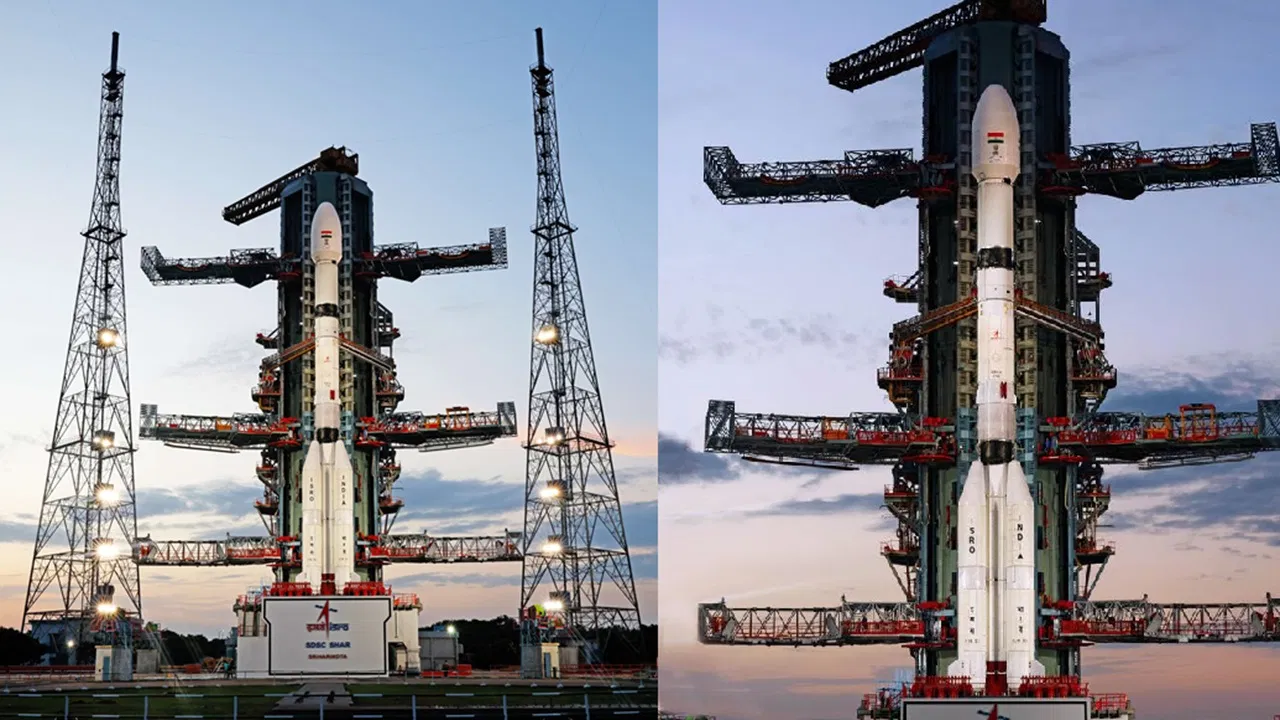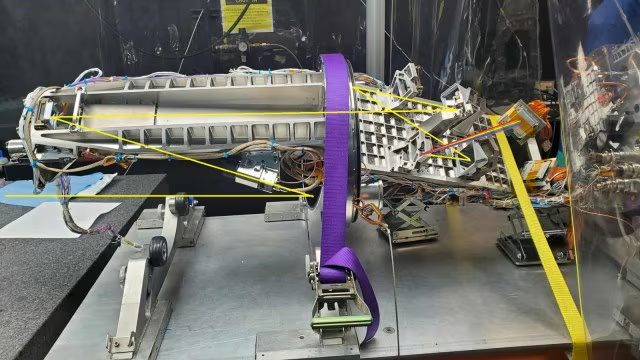Description

Disclaimer: Copyright infringement not intended.
Context
A European Space Agency (ESA) astronaut recently photographed an uncommon occurrence termed a red sprite.
Details
- Red sprites are fascinating and elusive atmospheric phenomena associated with thunderstorms.
- These transient events occur high above the Earth's surface in the mesosphere and are often witnessed during powerful thunderstorms.
What are Red Sprites?
- Appearance: Red sprites are bright, large-scale electrical discharges that appear above thunderstorms as luminous reddish-orange flashes or tendrils. They extend upwards from the tops of thunderclouds, reaching heights between 50 to 90 kilometers (30 to 55 miles) above the Earth's surface.
- Formation: They are part of the family of transient luminous events (TLEs) that occur due to the interaction of lightning-generated electric fields and the Earth's upper atmosphere. Red sprites occur in response to intense lightning discharges within thunderstorms.
- Structure: Sprites often exhibit complex shapes, including pillars, carrots, or jellyfish-like configurations. They are extremely brief, lasting only milliseconds.

How Do Red Sprites Form?
- Storm Conditions: Red sprites typically occur in conjunction with powerful thunderstorms known as mesoscale convective systems (MCSs), which produce strong electrical activity in the form of cloud-to-ground lightning strikes.
- Electrical Processes: Lightning discharges in thunderstorms create intense electric fields. These electric fields extend upward into the mesosphere, interacting with the ionosphere and generating the conditions necessary for red sprite formation.
- Ionization and Emission: The electric fields cause the ionization of gases in the upper atmosphere, leading to the emission of light, which manifests as red sprites. The precise mechanisms behind the formation of red sprites are still being studied.
Characteristics and Observations
- Color and Appearance: Red sprites are named for their reddish color, though they can also appear orange or pink. They are often dimly visible to the naked eye and can be captured by high-speed cameras sensitive to low-light conditions.
- Scale: These phenomena can be immense, spanning several tens of kilometers horizontally and reaching heights greater than typical lightning.
- Rarity: Red sprites are relatively rare and challenging to observe due to their fleeting nature, occurring in less than 1% of thunderstorms worldwide.
Research and Significance
- Scientific Interest: Understanding red sprites provides insights into the Earth's upper atmosphere, ionosphere, and the behavior of electrical discharges in different atmospheric layers.
- Technological Advances: High-speed cameras and sensitive instruments aboard aircraft and satellites have enabled researchers to capture and study red sprites, enhancing our knowledge of these elusive phenomena.

Conclusion
Red sprites are captivating atmospheric events occurring high above thunderstorms, representing a complex interplay between thunderstorm activity and the Earth's upper atmosphere. Ongoing research continues to unravel the mysteries surrounding their formation and significance in atmospheric science. Despite their rarity, advancements in technology and observational techniques have improved our understanding of these ethereal phenomena.
|
PRACTICE QUESTION
Q. Explain the occurrence and significance of 'red sprites' in the Earth's upper atmosphere during thunderstorms. Discuss the scientific understanding of their formation, their impact on atmospheric studies. (250 Words)
|
Array
(
[0] => red-sprite
[1] => daily-current-affairs
)




![]()





